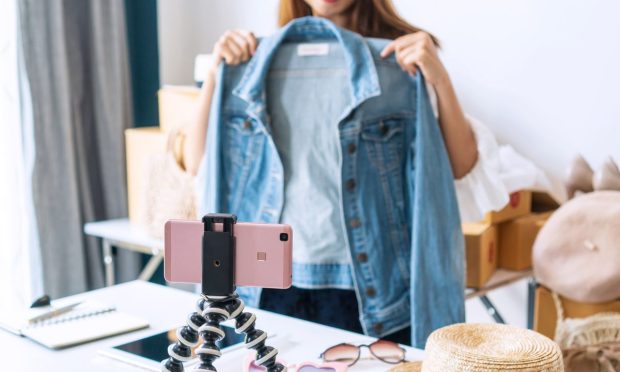
Social media platforms like Facebook, Instagram, TikTok and YouTube have become an integral part of daily life for millions of users worldwide, revolutionizing communication, connectivity and consumer behavior.
Consumers have access to information, entertainment and interactions with brands and products. This influence on consumer decision-making processes is becoming increasingly profound, spanning across various industries, including travel and retail.
Findings from a study by online travel agency justfly.com highlight the dominance of Facebook in audience engagement, reaching nearly half of Generation Z and over 70% of older demographics. Similarly, YouTube has high use among Gen Z, millennials and baby boomers.
When it comes to travel, the study’s results found that younger consumers, particularly Gen Z and millennials, heavily rely on social media for travel planning, with 81% and 75%, respectively, considering it in destination selection. While comparatively lower, half of Generation X and 32% of baby boomers still recognized social media platforms’ importance in their travel planning processes.
“Like most aspects of our lives, social media continues to play a bigger and bigger role in what drives our decision-making process,” Henri Chelhot, CEO of justfly.com, said in a Wednesday (March 27) statement. “It’s clear that travel is no different. Social media will continue to have a huge impact in determining how consumers determine when and where they will travel. Americans are often inspired by what they see on social media.”
In the retail sector, the impact of social media on consumer behavior is equally profound, with 43% of consumers browsing social media to find goods and services, according to PYMNTS Intelligence research.
Facebook, Instagram and TikTok have high conversion rates, with users frequently making purchases based on discoveries made on these platforms, per the study.
Regarding products purchased through social media platforms, Instagram’s visual appeal makes it a preferred platform for fashion-related purchases, with 47% of consumers buying clothes in the 30 days before being surveyed.
Meanwhile, TikTok’s short-form video format caters to beauty product purchases, with 33% of consumers engaging in such transactions. YouTube’s longer video format is effective for showcasing products requiring demonstrations, contributing to purchases in categories like appliances, home furnishings and pet products.
The pervasive influence of social media on consumer behavior underscores its role as a transformative force in the digital age. From shaping travel preferences to driving retail transactions, platforms wield power in shaping perceptions, driving purchasing decisions and fostering connections between brands and consumers.
For businesses looking to maintain a competitive edge in a dynamic market, embracing the opportunities presented by social media appears important to staying relevant and engaging effectively with their target audiences.
For all PYMNTS retail coverage, subscribe to the daily Retail Newsletter.